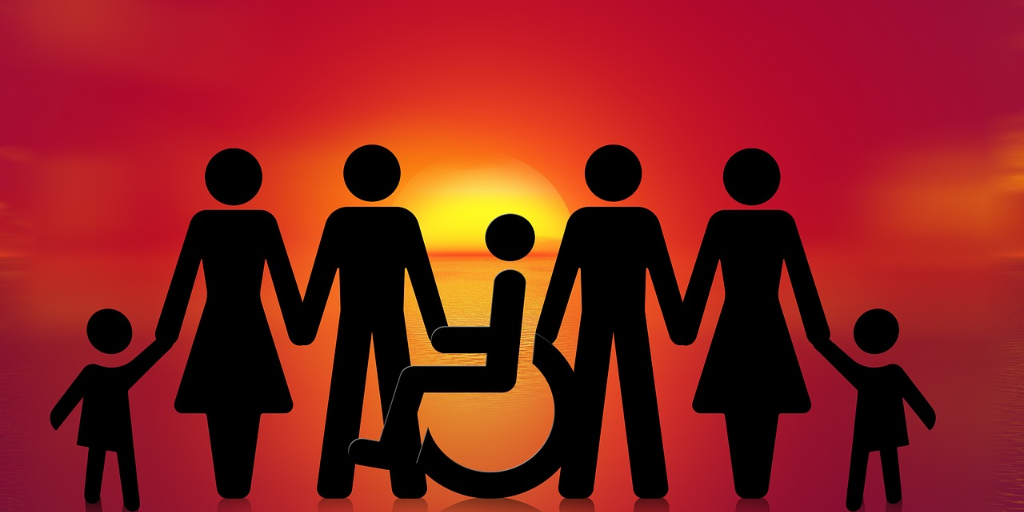
Your company or organization might not be in a position right now to do much (if any) hiring. However, now is a great time to reassess your interviewing guidelines and practices (or create some if you don’t have anything official already) so you are in a better position in the future when hiring kicks back up again.
Inclusive interviewing is one piece to a larger discussion around inclusive environments and inclusive work cultures. I’ll write more on those larger topics later. Here we will focus in on the interviewing portion.
What does inclusion mean? Merriam-Webster defines it as the following:
the act or practice of including and accommodating people who have historically been excluded (as because of their race, gender, sexuality, or ability)
Applying inclusive principles to hiring might have you thinking this only applies to recruiting and supporting diverse candidates. And while, it’s true that this will help with recruiting and hiring more diverse folks, these practices actually help everyone.
The principles below can be applied to any interview process for roles within and outside of STEAM (science, technology, engineering, art, and mathematics) industries.
Inclusive Interviewing Principles
Inclusive Language
Be mindful of the language you are using when drafting the job description and the ultimate job posting. This will color how someone views what, and WHO, you are looking for in this role. Swap out specific pronouns like “he” or “she” for more inclusive generic ones like “they”. While terms like “rockstar” or “ninja” can sound cool and hip to describe your ideal candidate, they are best avoided in your descriptions as they can often dissuade non-male genders from applying.
Continue this mindfulness of the language you use throughout this process (and always!). Respect the pronouns and language individuals use for themselves.
Avoid the following:
- Statements or imagery that perpetuate stereotypes (e.g. “pow wow”, “hold down the fort”, “that’s so gay”, “that’s ghetto”)
- Idioms, jargon, and acronyms which might be specific to your company or require knowledge of sports or culture which is exclusionary to folks from different backgrounds (provide an explanation if you must use any of these)
- Non-gender neutral terms (e.g. using the word “guys” to refer to a room or group of people regardless of the gender(s) present)
Stick with open and inclusive terms as much as possible.

https://www.uua.org/lgbtq/welcoming/ways/200008.shtml
Do your best to stick with positive, affirming terms vs negative terms.

https://open.buffer.com/inclusive-language-tech/
Unconscious Bias
Be mindful of unconscious bias within yourself and your interview team. Don’t worry, it’s natural. We all have unconscious biases. How we pay attention to them and what we do with them is what really matters.
There are lots of biases (unconscious and conscious ones) but Harver identifies 13 ones that impact hiring. Become aware of what these are and watch out for them so they don’t trip you up and lose out on hiring a great candidate.
#interviewing #hiring #inclusion #diversity-and-inclusion #diversity
